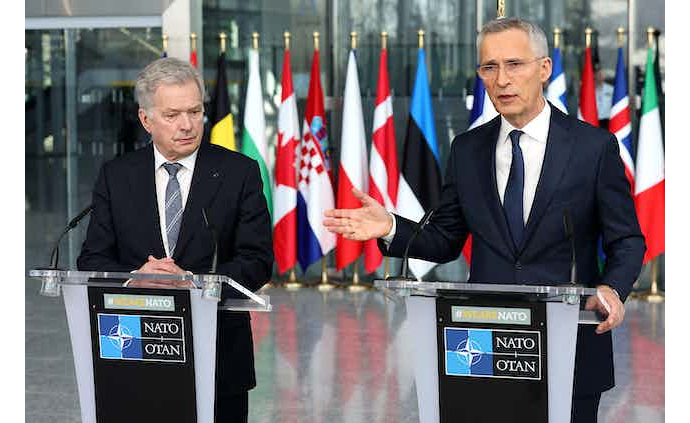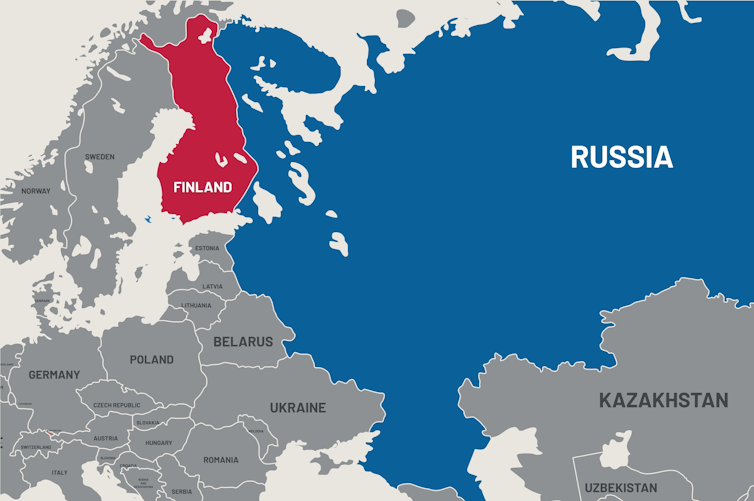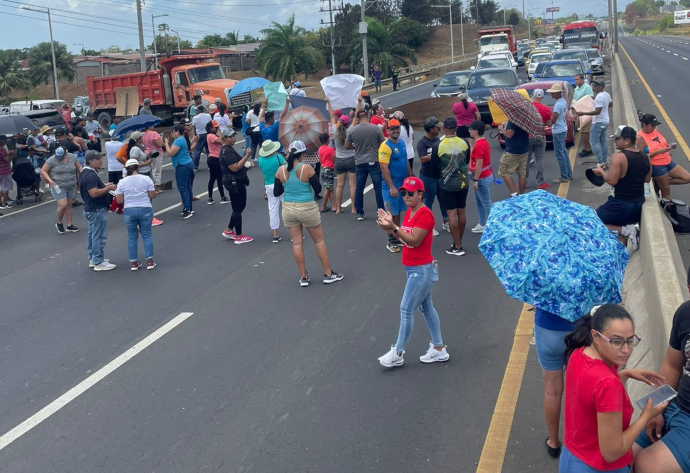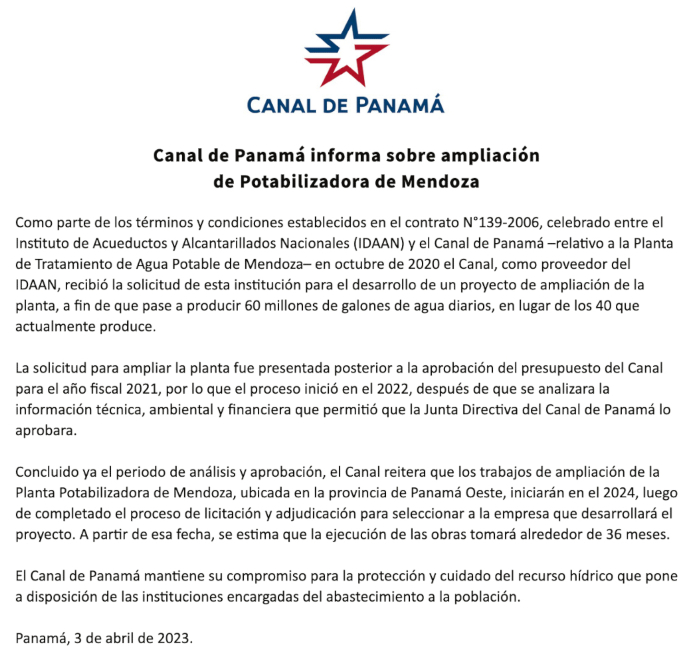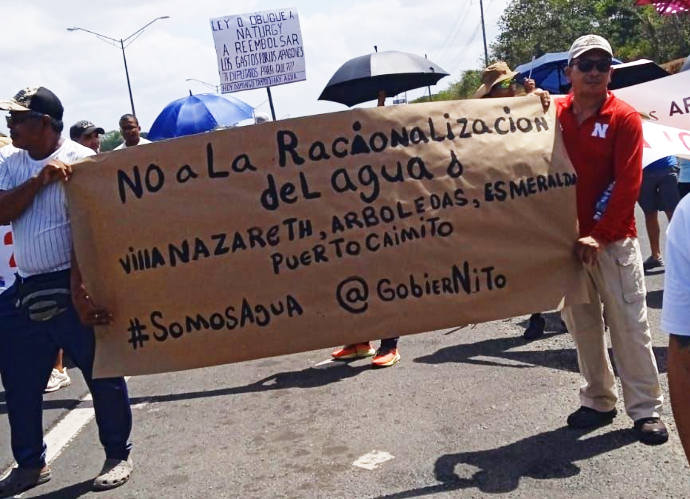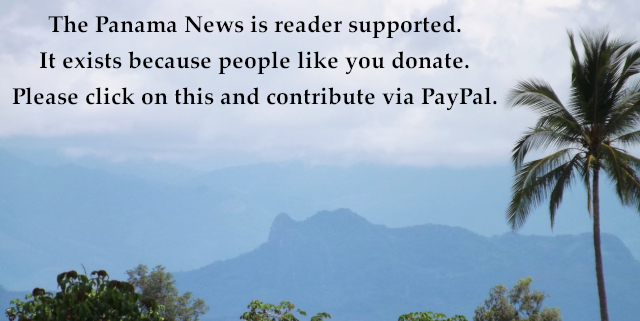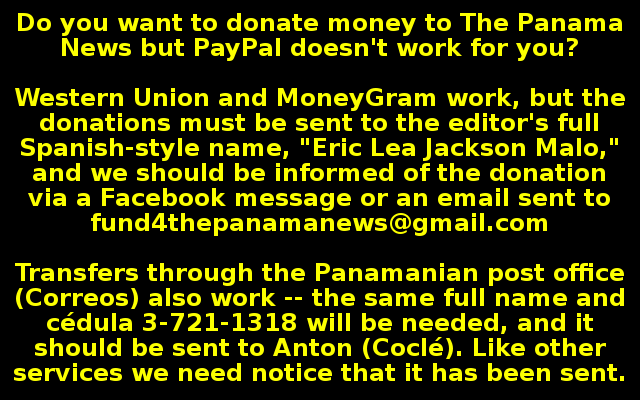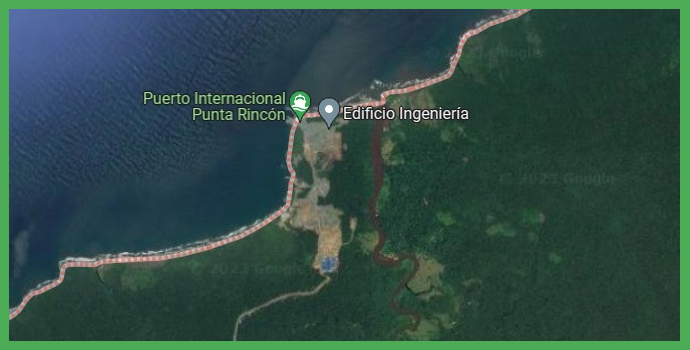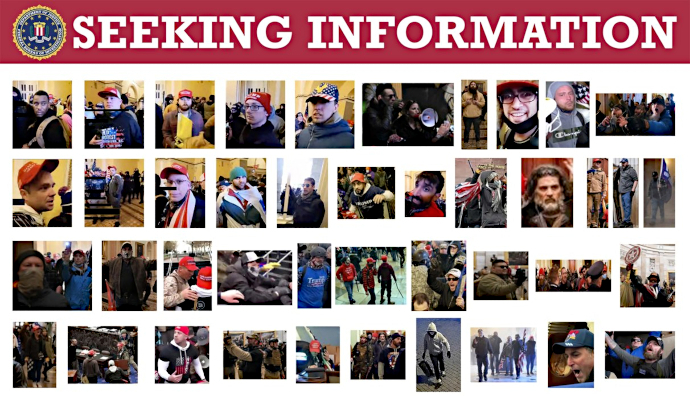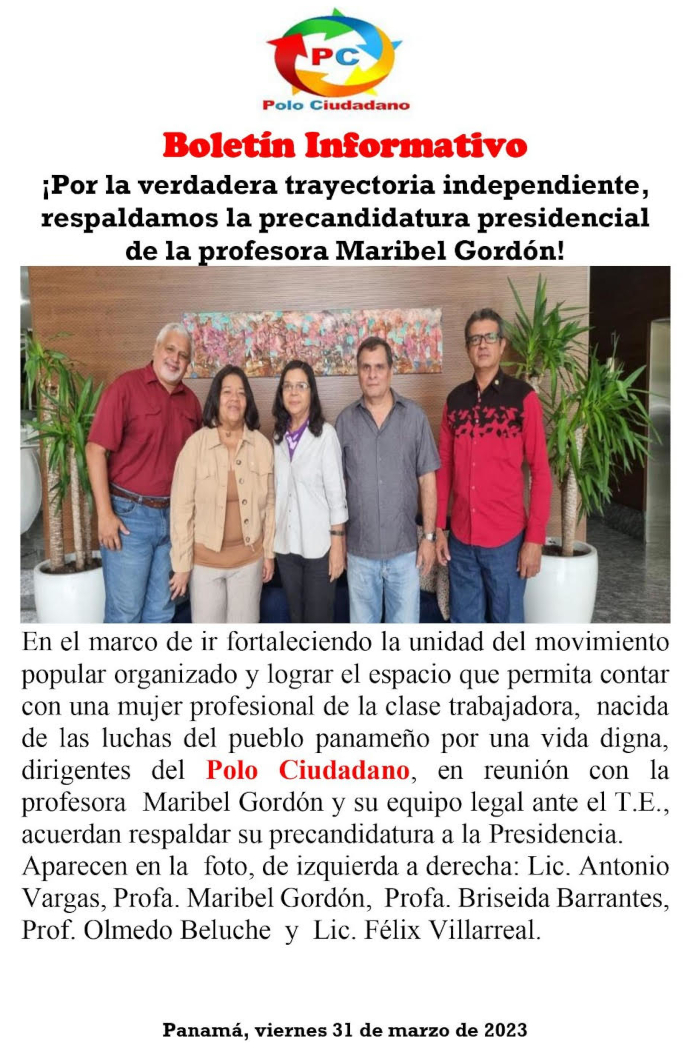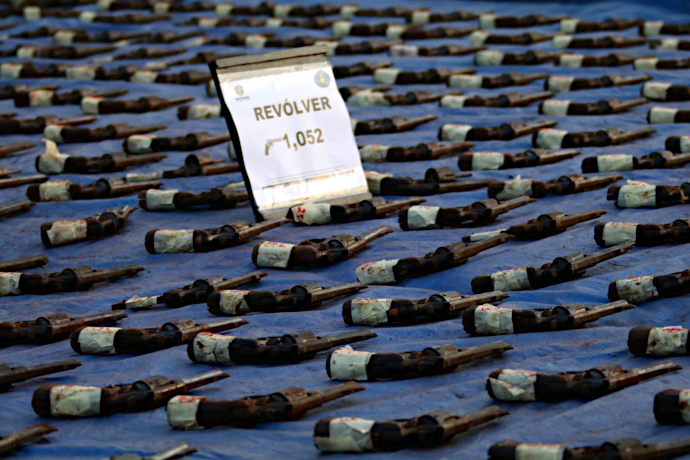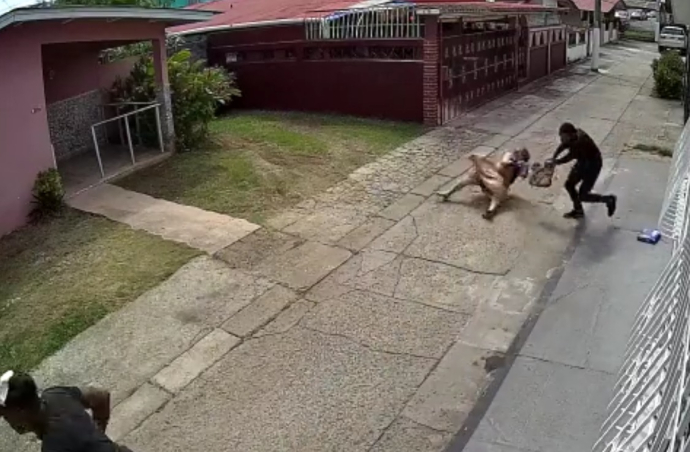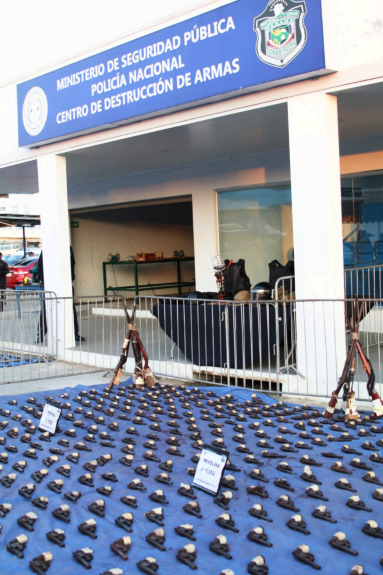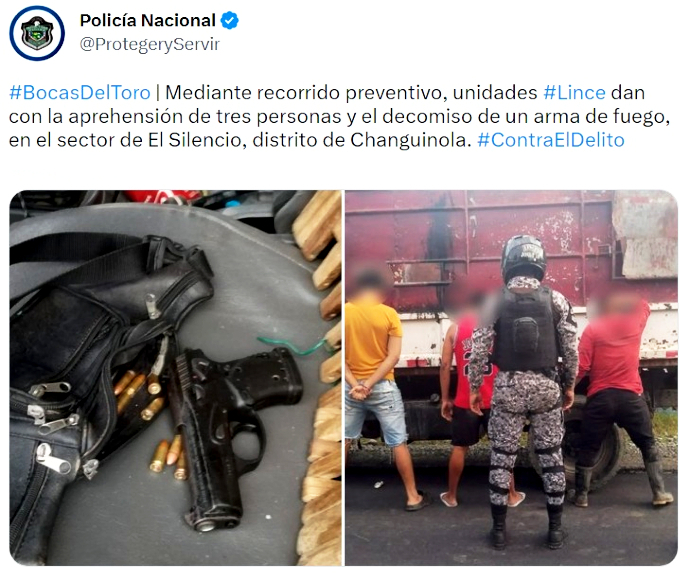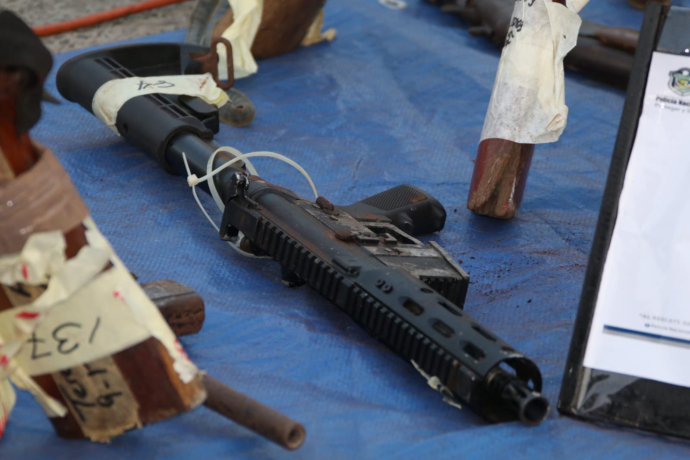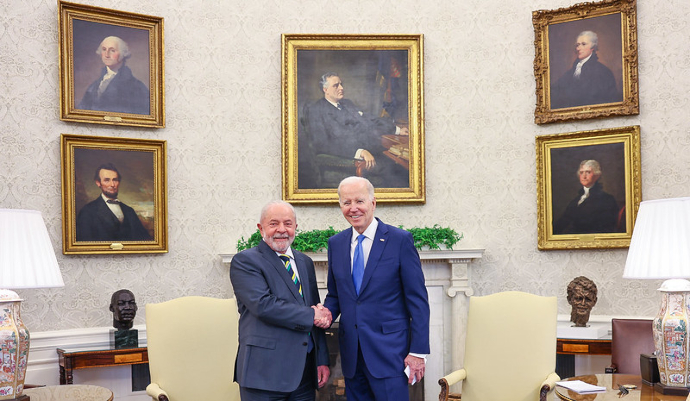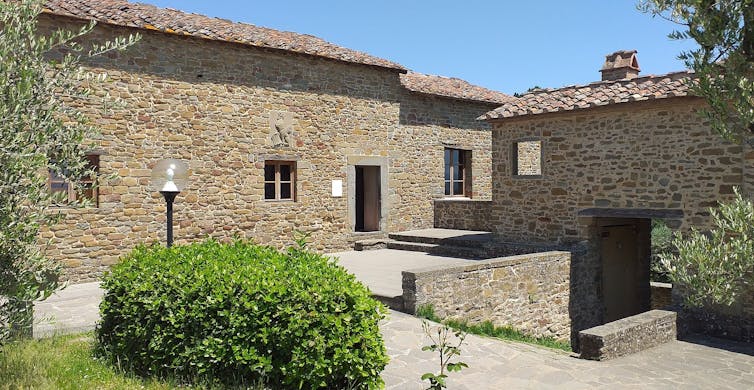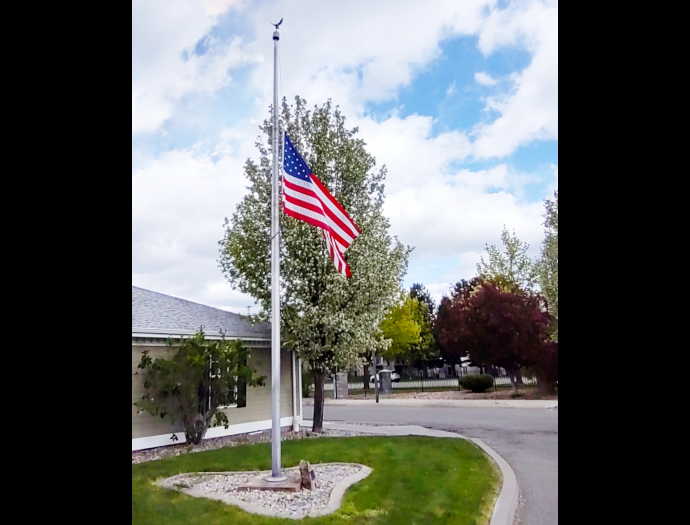From wars abroad to massacres at home, dehumanization makes so much that is hideous possible!
No motive needed when dehumanization reigns
“Chief Drake said it was too early to discuss a possible motive for the shooting, though he confirmed that the attack was targeted. The authorities were reviewing writings, and had made contact with the shooter’s father. . . .”
Yeah, they’ll figure it out.
The latest mass shooting: Six people dead, including three 9-year-old children, at the Covenant School in Nashville, Tennessee. The alleged shooter, age 28 – a former student at Covenant – stomped into the school on March 27 carrying (God bless America) two semi-automatic rifles and a handgun. He/she, apparently transgender, was eventually shot dead by police.
In other news . . .
Excuse me. Let’s sit with the insanity for a moment, shall we? This isn’t a reality TV show. And the killer’s “motive”? Somehow that matters? Will a precise analysis let the authorities stop the next similarly motivated individual before he opens fire? I fear, oh so deeply, that that’s not even the point. Mass murder is simply part of the Great American Shrug. We’re an exceptional nation, the world’s greatest democracy and greatest hope, and the darn killings . . . well, nobody’s perfect. And after all, it’s not guns that kill people, People – especially if they’re mentally ill – kill people.
But as I sit with this latest horror – according to the Gun Violence Archive, there have been 130 mass shootings in the United States so far this year (defined as at least four people being killed or injured) – I can only do one thing: Stretch the outrage.
Stretch it beyond Covenant School. Stretch it beyond Nashville. Beyond assault weapons. Beyond politics. There’s a deep interplay with hell in the American social structure; in the global social structure. Gun control, however sensible and sane, won’t transcend it. Mass murder emerges from an unexamined, unaddressed dark spot in the collective human consciousness. It can be described in one word: dehumanization.
This is not simply a loner’s psychological flaw: the denial of full, or any, humanity – any spiritual value – to chosen others. It’s a phenomenon embedded in the social norm. We have enemies. We need them. We kill them.
We go to war!
“Wearing camouflage pants, a black vest and a backward red baseball cap, the assailant walks through rooms and hallways with a weapon drawn.”
The killer, whatever his specific “motive,” was playing war. He had, in his mind and heart, dehumanized the occupants of Covenant School. This is the game the nations of the world – in particular, “USA! USA!” – play with one another on a regular basis. Mass shootings? They’re everywhere. When we (the good guys with guns) wage war, we have no choice. When noncombatants – let’s say, oh, a bunch of nine-year-old children – die, they magically morph into collateral damage.
The phenomenon of war is collectively glorified. It’s horrific consequences are either justified or ignored, unless the enemy does it. And it so happened, as I was absorbing the news about the Nashville shooting, this was also in the news:
“Russian President Vladimir Putin,” according to the Associated Press, “announced plans on Saturday to station tactical nuclear weapons in neighboring Belarus, a warning to the West as it steps up military support for Ukraine.
“Putin said the move was triggered by Britain’s decision this past week to provide Ukraine with armor-piercing rounds containing depleted uranium.”
Tactical nukes! The King of Evil has clicked the doomsday clock several notches forward. A world on the brink of nuclear war? There’s no context the media can put this in, though it tosses in Putin’s justification for playing nuclear brinksmanship: the Brits are giving Ukraine armor-piercing weaponry. While of course this doesn’t justify Putin’s madness, let’s be clear: Both sides are insane. Dehumanization creates nothing but more of the same.
Depleted uranium, stronger than steel, is dirty as hell. The U.S. used it in Iraq, with, of course, zero accountability. In its two catastrophic invasions of Fallujah in 2004, for instance, the use of DU and white phosphorous left an aftermath of cancer and birth defects of virtually unimaginable magnitude. For instance, cancer cases in Iraq rose from an average of 40 per 100,000 people in 1991, to 1,600 per 100,000 people by 2005, according to Al-Jazeera.
And, my God: “Doctors in Fallujah are continuing to witness the aforementioned steep rise in severe congenital birth defects, including children being born with two heads, children born with only one eye, multiple tumors, disfiguring facial and body deformities, and complex nervous system problems.
“. . . many families are too scared to have children, as an alarming number of women are experiencing consecutive miscarriages and deaths with critically deformed and ill newborns.”
Dehumanization makes so much possible! A lonely, troubled soul committing a mass murder is just the least of it. I don’t know about you, but I see a direct link between such acts and the wars that nations wage against each other, generating consequences – actual and potential – a million, perhaps a billion, times the costs borne this week at Covenant School.
Robert Koehler is an award-winning, Chicago-based journalist and syndicated writer.
Contact us by email at fund4thepanamanews@gmail.com
To fend off hackers, organized trolls and other online vandalism, our website comments feature is switched off. Instead, come to our Facebook page to join in the discussion.
These links are interactive — click on the boxes











